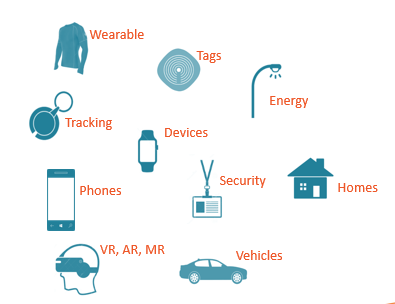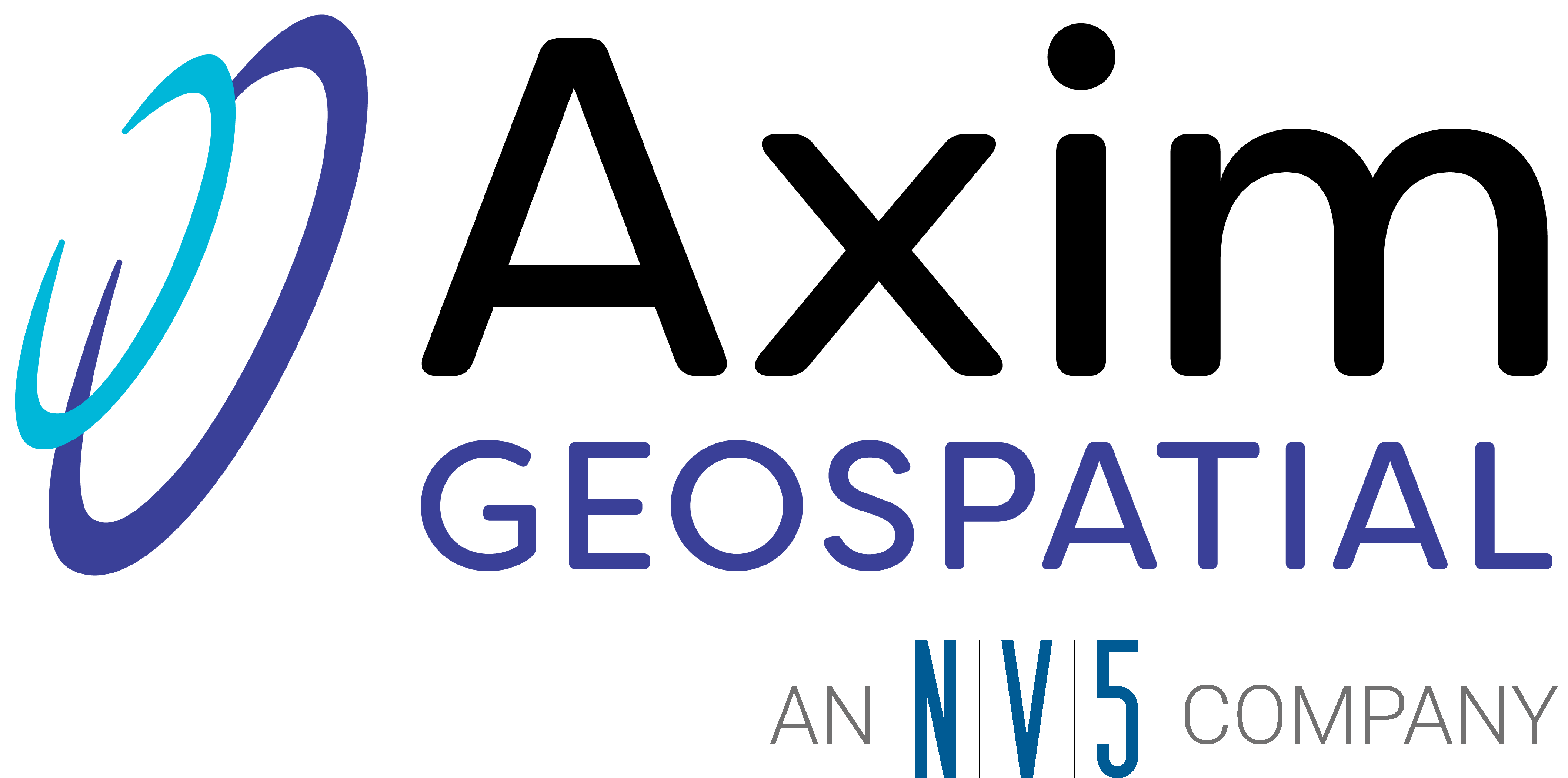This article may reference legacy company names: Continental Mapping, GISinc, or TSG Solutions. These three companies merged in January 2021 to form a new geospatial leader [Axim Geospatial].
The success of a Smart Military Base is easy to conceptualize, and the objectives needed to achieve that success are relatively simple to define. The challenges arise as you consider implementing the technology components for such a project, contemplating factors such as cost, time, security, and even privacy depending on the data sets involved. To mitigate the risk, ROI must be clearly achievable, and a reliable and secure platform is needed. Smart Base projects do require an interface and technology to unify and visualize information for analysis. Depending on the objective, the combined solution may perform automated tasks leveraging cloud computing power and work behind the scenes to produce desired results. To integrate, use, and deliver services of Smart Base projects and capabilities, a WebGIS platform should be leveraged as a centerpiece to accelerate the integration of Smart Base components.
Technology Components of a Smart Base
Smart Bases—like Smart Cities—connect our existing information technology solutions to a network or Internet of Things (IoT) that includes devices with sensors and other data streams. Depending on the project or goal, you may leverage automation, machine learning, and/or artificial intelligence. Technology will require a reliable (typically wireless) network for communication and connectivity that can handle the volume and complexity of data being shared. Finally, the solution requires a web-based platform that can aggregate and make use of the data, one that can analyze and query the information to helpfully inform users in real time.
Common Components/Technology for Smart Bases:
- Sensors
- Artificial Intelligence/Machine Learning (AI/ML)
- Reliable Network (Typically Wireless)
- Web/Cloud Based Platform (i.e. WebGIS)
Sensors and IoT
What makes a Smart Base ‘Smart’ begins with sensor technology connected to networks. Sensors that connect to a network and can be used on mobile or stationary objects to control, measure or sense is commonly referred to as Internet of Things (IoT). A sensor measures, responds to, and reports physical stimuli such as heat, light, sound, or pressure. Using network technology from Wi-Fi, Bluetooth, and 5G networks, sensors can connect to our enterprise information systems to measure and report data in real-time. Devices such as a streetlight can have a sensor attached to be connected and controlled by a machine or human remotely. Physical objects can be leveraged as sensors measuring, monitoring, and reporting data in real time. There is an ever-growing list of common objects like streetlights and parking meters that have been enhanced with IoT Sensors. Mobile devices and even wearable technology can act as sensors and data feeds.
Examples of Popular Sensor Devices/Types:
- Wearable, tracking, tags, devices, phones, VR/AR/MR, security, energy, homes, and vehicles.

Examples of Sensors Being Used:
Internet of Things (IoT) extends the network or internet enabling connection to and control of simple physical objects ranging from sensors to lightbulbs. With IoT, a physical object or device becomes ‘Smart’ in that its normal functions can be controlled or manipulated to perform tasks. An example would be a stationary object like a streetlight and connecting hundreds or thousands of them as a network of IoT Sensors. The City of San Diego has a network of over 4,200 streetlights providing data on parking, vehicle counts, pedestrian counts, temperature, humidity and pressure.
*To learn more about IoT and sensor technology, Axim has previously published webinar series to share our experience and subject matter expertise on IOT. The series covers IoT, Sensor Networks and Tracking and Analytics for IoT.
Artificial Intelligence/Machine Learning
Having an integrated network of sensors like San Diego’s 4,200+ streetlights capable of reporting on six different metrics presents a challenge. No single human can begin to process and analyze that volume of data in a reasonable time to make sense of it. High powered, Cloud Computing resources generally known as Artificial Intelligence and Machine Learning (AI/ML) enable the automation and faster processing of the resulting Big Data coming from IoT Sensors.
Leveraging AI’s ability to imitate intelligent human behavior, users can teach the technology through Machine Learning to quickly process data from IoT Sensors and analyze, identify patterns, trigger events, and perform tasks in fractions of a second. For AI to work, technology or application “machines” must learn from provided examples of what it must identify. Self-driving or autonomous vehicles, for example have to learn—through machine learning—to identify and react to everything that a human driver would.
![]()
In the San Diego Smart City example, the streetlight sensors feed data back to a platform where artificial intelligence can be applied to determine the types of movement it is sensing. AI/ML is quickly evolving in Smart Cities to produce near real-time analysis and improve or enhance things like traffic flow, security, and emergency response. We look forward to hearing more examples of AI/ML being used in Smart Military Bases.
Reliable Networks
Smart Base technology requires a reliable network. When connecting hundreds or even thousands of IoT sensors, they must communicate instantly and produce large volumes of data in near real-time. There can be many challenges with establishing a reliable network for Smart Base sensors to work efficiently. This involves connecting items Machine to Machine (M2M). Sensors can be mobile (e.g., car or person with mobile device) or stationary (e.g., security camera). Sensors need a source of power (e.g., battery, solar, wired/plugged in) and a network with the right bandwidth in order to communicate. Types of networks can range from wired, short range networks to wireless 3G to 5G networks, or even low power wide area range networks.
Web/Cloud Based Platform (WebGIS)
A web-based platform (WebGIS) brings technology, services and applications together. Instead of a static web page or website, it is an infrastructure and interface. There are many examples of web platforms out there: eCommerce platforms like eBay or website building platforms like Wix. A web-based platform includes an infrastructure and application programmer interface (API) to enable building applications on an open standards or common programming language. Some platforms go beyond an API with point-and-click tools enabling users to build applications without programming. All web platforms focus on a theme or specific objective.
A platform like WebGIS is designed to enable users to develop, host and serve geospatial applications and services. WebGIS lends itself to Smart Base projects because it focuses on location-based technology, in other words “Where.” WebGIS is a powerful way to aggregate and visualize information and patterns of big data. WebGIS can implement AI services like geofencing, or ML capabilities such as detecting fires through remote sensing.
One especially powerful WebGIS capability for Smart Base Technology is Analytics for IoT, which is provided by Esri on its powerful ArcGIS Platform. This new capability can enable Smart Base projects by connecting to and ingesting data from IoT Sensors (Mobile or Static) and providing spatial visualizations, maps and dashboards that will identify patterns and show location-based intelligence in near real-time. Esri’s Analytics for IoT integrates with its existing WebGIS Platform and includes integration with their existing platform tools such as Tracker, Operations Dashboard, Insights and Story Maps.
Technology Challenges
With so much potential for Smart Military Base initiatives, the challenges arise with the underlying considerations these capabilities introduce:
- Security and Privacy
- Networks
- Data
- Cost
Security & Privacy
Introducing Smart Base technology components like IoT sensors, cloud computing resources to power AI/ML, and adding these components to an existing (or new) network infrastructure will also require privacy and security considerations. This is especially true for secure, base IT and network infrastructure. Security protocols, standards, and policy all must be addressed. These sensors can potentially threaten privacy if a project includes the tracking and identification of movements down to individuals, or assets assigned to specific individuals. This technology and its uses are evolving rapidly; while they have good and logical intentions, privacy and security should always be considered.
Networks
Not all installations have the luxury or the ability to implement a network infrastructure that will easily support Smart Base projects. An array of sensors connecting IoT or mobile devices requires a fast, well powered and scalable network. Smart Base projects relying on 5G like at Tyndall, AFB are largely possible because the Base’s network infrastructure had to be rebuilt after taking a direct hit by a Hurricane in 2018. For other bases, implementing an entire new 5G Network may not be feasible.
Data
IoT Sensors, potentially hundreds or even thousands, will be serving Big Data in near real-time, creating millions of records. While platforms and tools exist to process and make use of this data, it also requires larger storage capacities if any of it is to be archived or kept for historical use. It also challenges network bandwidth as more devices and sensors connect to a network and begin reporting data.
Cost
Costs for Smart Base projects can have an initially steep curve before they level off and begin providing a return on investment. The good news is that much of the technology, such as a WebGIS Platform, already exists at many bases. However, bases will need to make significant investments to make their Smart Base projects a reality. Creative ways to fund projects like joint or collaborative initiatives with neighboring communities, partnering businesses or other organizations who will also benefit from the result should be considered.
Conclusion
The technical components, considerations and challenges of a Smart Base initiative or project will vary depending on the base and the objectives of the project. The concept and potential are a great selling point for these capabilities and projects, but the technology challenges must be identified, understood, and mitigated to have a successful Smart Base.
Going forward, we will likely see more Smart Base projects emerge that take advantage of powerful existing platform capabilities like the Esri WebGIS Platform and their Analytics for IOT solution. As new challenges like the COVID-19 Pandemic or other natural disaster events threaten to disrupt the functions and missions of our installations, Smart Base strategies and solutions and their costs will be more justified. Finally, as more Smart Base projects are implemented and their objectives achieved, the cost, learning curve, and challenges will decrease.
Additional Guidance
We hope this article has provided some value to you! If you ever need additional help, don't hesitate to reach out to the Axim team.




